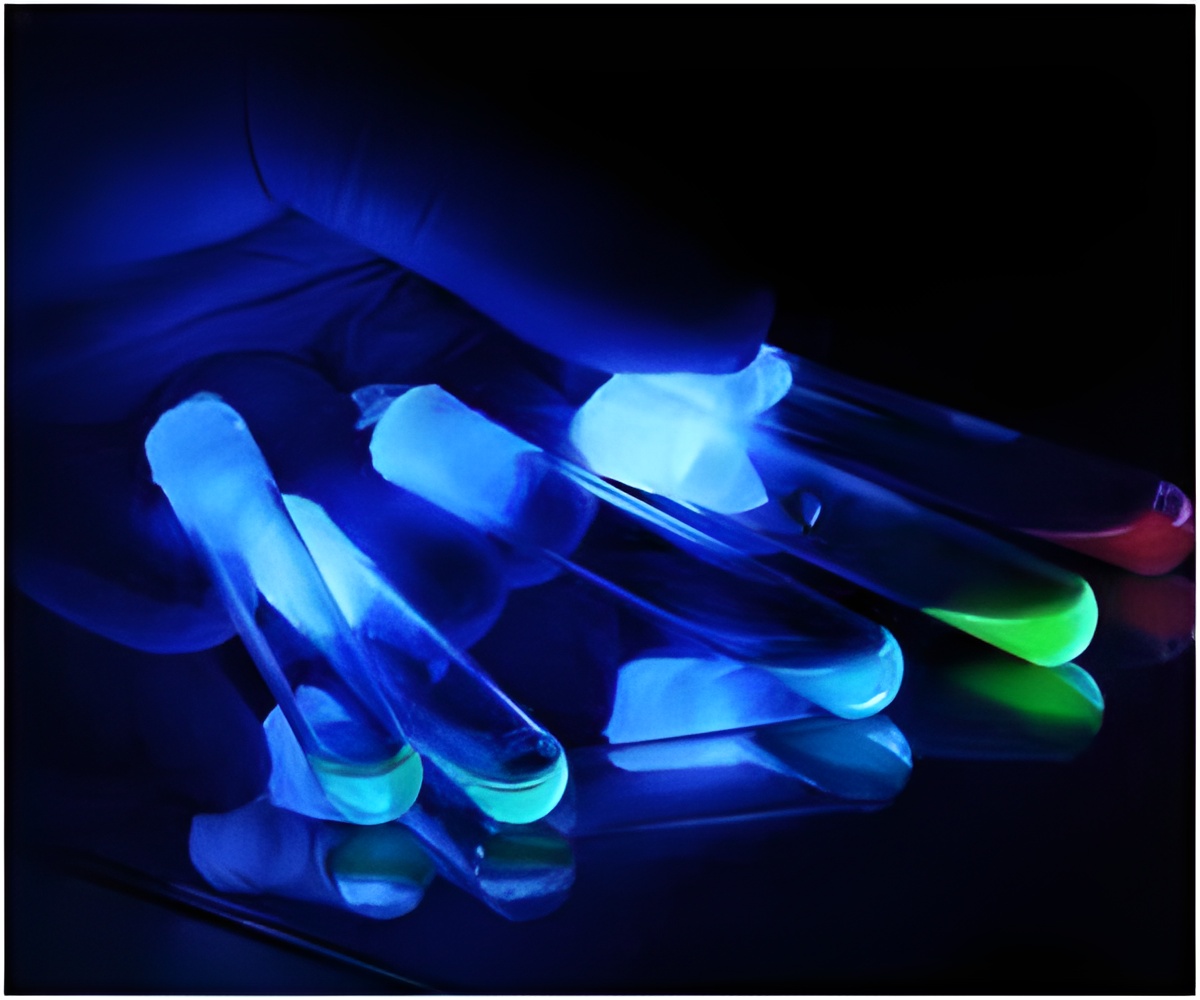
"For example, in our sinuses, there are complex receptor proteins that are activated in the presence of different odor molecules. Some of those scents warn us of danger; others tell us that food is nearby."
Proteins are made of long linear chains of amino acids, which have evolved over millions of years to self-assemble extremely rapidly - often within thousandths of a split second - into a working nanomachine.
"One of the main challenges for biochemists is to understand how these linear chains assemble into their correct structure given an astronomically large number of other possible forms," Michnick said.
"To understand how a protein goes from a linear chain to a unique assembled structure, we need to capture snapshots of its shape at each stage of assembly," Dr. Alexis Vallee-Belisle, first author of the study, said.
"The problem is that each step exists for a fleetingly short time and no available technique enables us to obtain precise structural information on these states within such a small time frame. We developed a strategy to monitor protein assembly by integrating fluorescent probes throughout the linear protein chain so that we could detect the structure of each stage of protein assembly, step by step to its final structure," Vallee-Belisle said.
Advertisement
"Understanding how a protein goes from being one thing to becoming another is the first step towards understanding and designing protein nanomachines for biotechnologies such as medical and environmental diagnostic sensors, drug synthesis of delivery," Vallee-Belisle added.
Advertisement
Source-ANI









